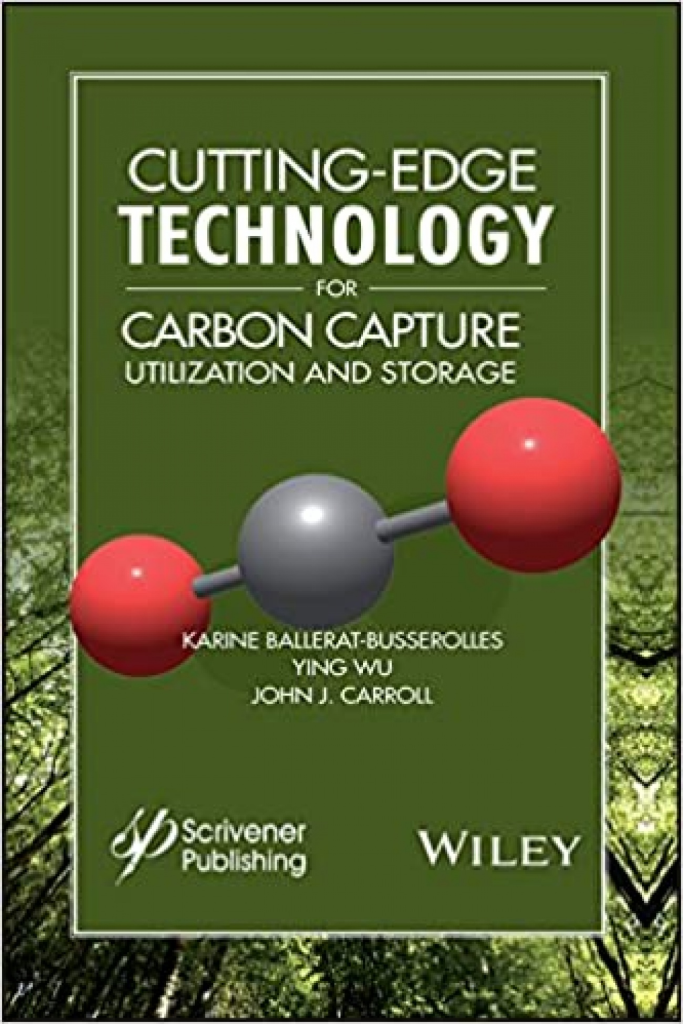
Determination of Dry-Ice Formation during the Depressurization of a CO2 Re-Injection System
Author(s)
Josep-Anton Feliu and Miquel Àngel Alós (Inprocess) and Michele Manzulli (Virtual Materials Group Europe)
Magazine
2018. Cutting-Edge Technology for Carbon Capture, Utilization and Storage (CETCCUS), Pages: 135 – 146
Abstract/Summary
The associated gas of an oil-producing field in off-shore Brazil is treated to remove water, hydrocarbon condensate, H2S and CO2. For environmental reasons, the CO2-rich permeate stream from the gas treatment process must be re-injected into the reservoir. Several compression systems boost the pressure of the permeate stream (2.5 bara) to a pressure in the range of 450–550 bara, pressure level suitable for reinjection. Many blowdown valves are installed along the compression systems, the associated pipelines and equipment. Hazard analysis did identify the potentiality for solid CO2 (dry ice) formation during depressurization (blowdown) in, basically, any section of the different process units. The formation of dry ice during depressurization constitutes a threat to the safety integrity of the system. Several simulation studies have been carried out to determine if in current process conditions the depressurization of the process sections could lead to the formation of dry ice. VMGSim, from Virtual Materials Group (VMG), was the dynamic process simulator of choice due to the availability of the APR-SolidCO2 property package, which allowed for the quantitative determination of the dry-ice formation. The dynamic analysis performed with the simulator allowed to determine the amount of dry ice formed, the time when the CO2 started to appear, and the time when CO2 melted back and disappeared. Once the formation of dry ice was confirmed by the different dynamic analysis, several mitigation techniques were planned and tested with additional dynamic simulation runs that helped to diminish the dry-ice appearance and its impact on plant performance.

Determination of Dry-Ice Formation during the Depressurization of a CO2 Re-Injection System


